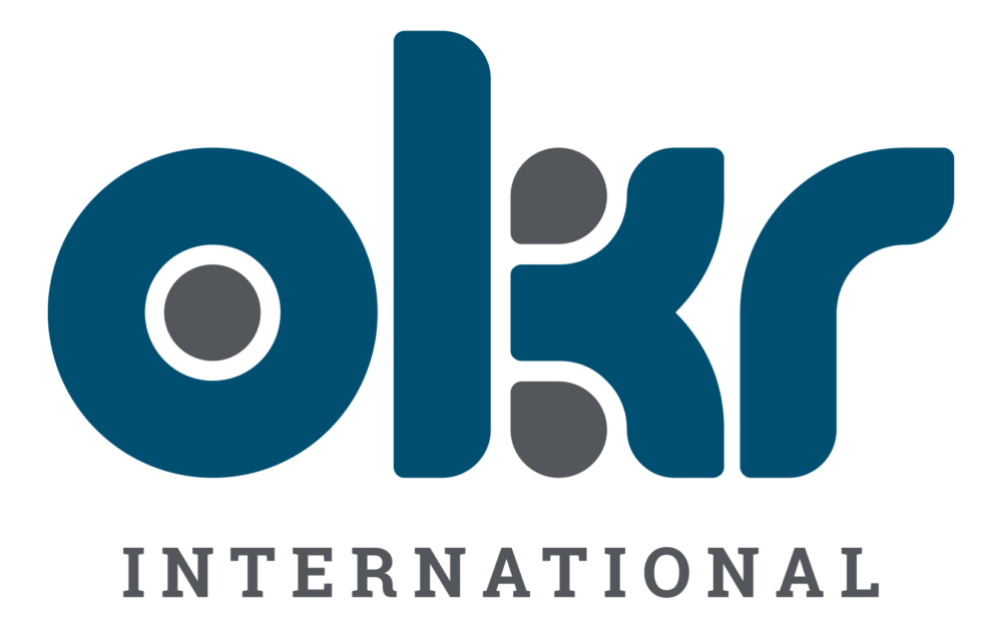A guide on when to change your Objectives, Key Results and Initiatives
Over the last two decades of coaching leaders and consulting with organizations across industries—from high-velocity tech startups to traditional multinationals—one question keeps surfacing: “When should you change your OKRs?”
It’s a dilemma that reflects a deeper tension between agility and accountability. While OKRs are built to drive focus and alignment, the truth is that business environments rarely stay static for an entire quarter. Market disruptions happen. Teams restructure. Priorities shift. And yet, many organizations hesitate to revisit their OKRs, fearing it may signal poor planning or indecisiveness.
But here’s what I’ve consistently shared with my clients:
Strategic agility is not about changing direction aimlessly, it’s about knowing when to course-correct with intent.
From the Field:
I once worked with a regional strategy team at a Fortune 500 company that had locked in their quarterly OKRs. Just six weeks in, a global supply chain disruption rendered one of their key objectives obsolete.
While some leaders pushed to “stick to the plan,” others were brave enough to adapt. The teams that pivoted early not only protected their relevance, but they also outperformed those who didn’t. That quarter became a masterclass in balancing commitment with context.
In this article, I’ll walk you through the exact conditions under which it’s not only appropriate, but strategically necessary, to change your Objectives, Key Results, and Initiatives. This will help you stay flexible, responsive, and purpose-driven, without losing alignment or diluting focus.
A. Conditions for Changing Objectives
Objectives are strategic, qualitative, and aspirational. Changing them should reflect significant shifts in the business context or strategic direction. Start by looking at the external forces driving the need for change.
1. Environmental Shifts (PESTLE Factors)
- Political: Regulatory changes, trade sanctions, policy shifts.
- Economic: Recession, inflation, changes in consumer spending.
- Social: Shifts in workforce expectations, customer behavior, or societal norms.
- Technological: Disruption by new tech, obsolescence of legacy systems.
- Legal: Compliance requirements, industry regulations.
- Environmental: Climate-related risks, sustainability expectations.
2. Strategic Realignment
- New corporate strategy or a pivot in business model.
- Leadership changes that bring in a new strategic agenda.
- Mergers, acquisitions, or divestitures that reshape business priorities and operating models.
3. Objective Becomes Redundant or Achieved Early
- The objective has been accomplished significantly ahead of time.
- Other teams or external forces have already fulfilled the intent.
4. Loss of Stakeholder Relevance
- Objective no longer supports what matters most to internal or external stakeholders.
5. Inconsistent with Company-Wide OKRs or Vision
- On review, the objective doesn’t cascade well or align with top-level strategy.

B. Conditions for Changing Key Results
Key Results are measurable and track progress toward the objective. They can evolve more often than Objectives, under these conditions:
1. Measurement Flaws or Data Unavailability
- The KR is discovered to be unmeasurable, or data is unreliable/unavailable.
2. Misalignment with Objective Outcome
- KR is not actually helping measure whether the objective is being achieved.
- It focuses on outputs instead of outcomes.
3. Stretch Level Too Unrealistic or Too Safe
- After the first few weeks, it’s evident the KR is either too easy or completely unachievable.
4. Lagging vs. Leading Indicator Conflict
- Switching from lagging to leading indicators (or vice versa) offers better insight.
5. External Disruptions
- A new compliance rule, customer behavior change or innovation renders a KR irrelevant.
- Conversely, evolution in business may result in new KRs being created to suit the new normal.
6. Dependency Breakdown
- A critical dependency fails (e.g., tech platform delay), requiring KR redefinition.
C. Conditions for Changing Initiatives
Initiatives are the actual projects, tasks, or activities that move the needle on KRs. These should change the most frequently and flexibly:
1. Initiative Not Moving the Needle
- Despite the effort, no positive movement on the KR is observed.
2. Better/Faster Alternative Found
- A new method, tool, or collaboration yields quicker or more effective outcomes.
3. Blocked or Delayed
- Resources, stakeholder, or system constraints delay the initiative indefinitely.
4. Redundant or Overlapping
- Duplication of effort found elsewhere in the organization.
5. Priority Shifts Within the Quarter
- Mid-quarter OKR reviews highlight higher-leverage tasks.
6. Initiative Accomplished Early
- Freeing up capacity to launch additional or supporting initiatives.
Pro Tip: Match Your Review Cadence to the Right Level
- Objectives: Change only for major shifts.
- Key Results: Monthly or Quarterly reviews to validate relevance.
- Initiatives: Weekly standups; prune, pause, or pivot quickly or add-modify-delete approaches work well.
Here’s how it works:
- Prune: Cut out initiatives that are no longer adding value.
- Pause: Temporarily stop initiatives that are blocked or misaligned.
- Pivot: Adjust the initiative to better support the Key Result.
- Add: Introduce a new initiative that addresses an emerging need.
- Modify: Refine an existing initiative for better fit or feasibility.
- Delete: Retire initiatives that have become irrelevant or redundant.
Want to bring OKRs to your HR team?
Join the OKR-BOK™ Certified Coach Program — the world’s first ICF & HRCI-endorsed OKR Certification.
📅 27–28 June, 2025
🕗 08:00–16:00 CET
👉 Learn more & register
When is it appropriate to change OKRs mid-cycle?
Change OKRs mid-cycle only when there’s a significant shift—like market disruptions, strategic pivots, or major leadership changes. OKRs are built for focus and accountability, not frequent tweaking. Adjust only when it’s a deliberate, strategic response—not a reaction to temporary setbacks.
Should OKRs be changed if they seem too ambitious or challenging?
No. OKRs are meant to be ambitious—designed to drive innovation and growth. Difficulty in achieving them doesn’t make them wrong. The article emphasizes focusing on progress and learning, not just full achievement. Changing a tough OKR too soon may reflect a culture that avoids challenge and accountability.
How often should OKRs be reviewed and potentially adjusted?
OKRs should be reviewed weekly or bi-weekly to reflect, unblock, and align efforts—but not changed casually. As the article notes, changes should follow careful trend analysis and only if sticking to the current path risks greater harm. Quarterly stability supports learning and focus.
What is the process for changing an OKR mid-cycle?
Before changing an OKR, teams should ask: Has the business context truly shifted? Will the change improve alignment? Is this a strategic move or an emotional reaction?
If justified, the process includes reassessing relevance, aligning with leadership, clearly communicating the rationale, and capturing lessons from the original OKR—ensuring thoughtful, not impulsive, recalibration.
Can individual team members adjust their OKRs independently?
Ideally, no—OKRs shouldn’t be changed in isolation. While teams can suggest adjustments, all changes must align with broader organizational priorities. As the article highlights, cross-functional alignment is central to OKRs. Uncoordinated changes risk misalignment and fragmented execution.



